Kontilab

What is continuous casting?
Continuous casting (CC) is the most prevalent mass production technology of steel you probably never heard of. Even though the casters are huge in size, they are well hidden inside the large halls of steel mills around the world. Every year they turn hundreds of millions of tons of liquid steel into semi-finished products such as billets, blooms, slabs or beam blanks in a continuous, i.e. uninterrupted manner, usually in 24/7 operation. Consequently, these metallurgical products are then processed into myriads of types of long products, such as seamless tubes, rails, bars, plates, sheets or coils of different steel grades, sizes, mechanical properties etc.
What is it really about?
There is no simple answer. It’s about the steel metallurgy when it comes to steelmaking process itself. It’s about the physics when it comes to heat transfer and steel flow during casting. It’s about numerical modelling when it comes to calculation of field variables. It’s about control when it comes to reference tracking or disturbance rejection. It’s about measurement when it comes to data acquisition from the real casting plant. It’s about data processing when it comes to huge and heterogeneous production databases; It’s about logistics and safety when it comes to operations inside the steel mill; It’s about statistics and machine learning when it comes to data processing… and it’s also a big challenge when it comes to the real thing!

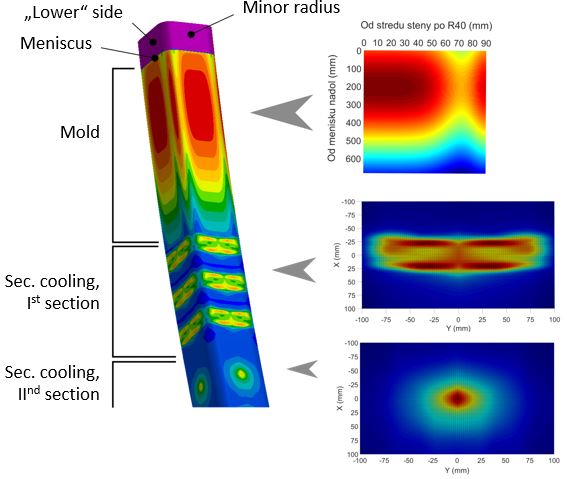
Modelling of continuous casting
Modelling is one of the key challenges of CC process. Without proper analysis and reduction of the system to be modelled the computation could easily take days to complete. For example, as the solidifying metal constantly moves it creates a very long solid/liquid interface. Also, temperature measurements are complicated as the strong thermal radiation would “fry” any sensor without proper thermal shielding.
The challenge of quality in CC process
„As in any process, the laws of nature are at work in the continuous casting of metals. Heat spills down temperature gradients under the watchful eye of Fourier, while molten metal moves in response to inertial and body forces governed by the Navier–Stokes equations. Tensile strains develop in the solidifying shell subject to changing cooling conditions, the constitutive behavior of the metal, compatibility, and the Prandtl–Reuss relations. Solutes segregate as thermodynamics compete with diffusion to create a heterogeneous solid from a homogeneous liquid. The challenge to the process engineer is to harness these laws to continuously cast a metal section that is free of cracks, has minimal macrosegregation, and has the desired shape. Confronted with the demands of production, cost containment, and an educationally challenged workforce, the obstacles are very real. One response to the challenge is to move knowledge to the shop floor, where wealth is created, through expert systems to educate the workforce and through artificial intelligence to make the continuous casting process “smart.” Harnessing knowledge for wealth creation, and profitability, is the real challenge.“
Dr. J. Keith Brimacombe, 1996 Edward DeMille Campbell Memorial Lecture, ASM INTERNATIONAL
Continuous casting goes digital
The Fourth Industrial Revolution is not a revolution in the true sense of the word. The real revolution has already taken place and its product – a smartphone – is owned by almost every one of us. It is up to us whether we can turn its digital steam into the production of lasting values, not just virtual ones. It will not be easy, but we can give it a try.
The research project is focused on application of a powerful computational arsenal into continuous casting technology in terms of Industry 4.0. Do you know Microsoft Excel, Matlab and Simulink, QlikSense, ProCAST or COMSOL? Are you interested in numerical modelling, data processing, system identification, or control design? If you do, then let us know!
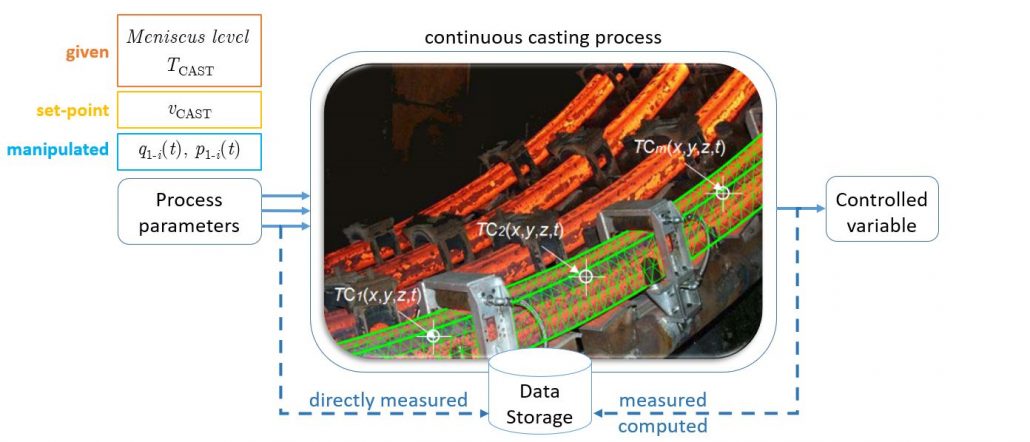
Students are welcome!
Are you a student of Mechanical Engineering at the Slovak University of Technology in Bratislava and are you looking for interesting topic of your thesis? Then do not hesitate to contact us!

the list of topics

Heat transfer in a submerged entry nozzle
Draw and calculate the thermal radiation cooling transients of submerged entry nozzle (SEN) using finite element method.
Custom design and prototyping
Make use of CAD and process automation knowledge to design a custom prototypes and operating programs in STEP 7 (TIA Portal) or design your own measurement devices using Arduino.
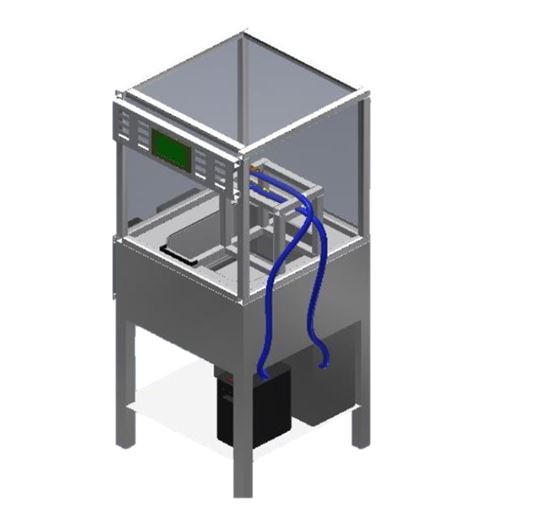
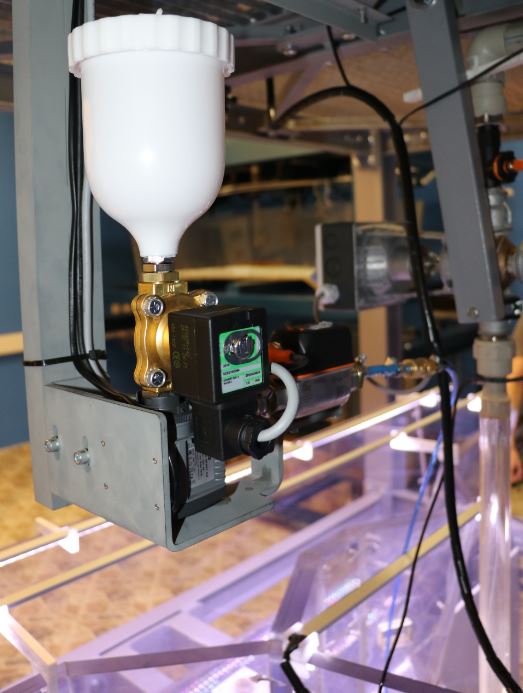
Transient data analysis
Analyse the distributed transients measured on a tundish water model, located in SimConT joint laboratory at the Faculty of Materials, Metallurgy and Recycling, Technical University in Košice.
Sulphur imprints analysis
Design the software algorithms to automatically detect and measure key geometrical features of casting sample imprints.
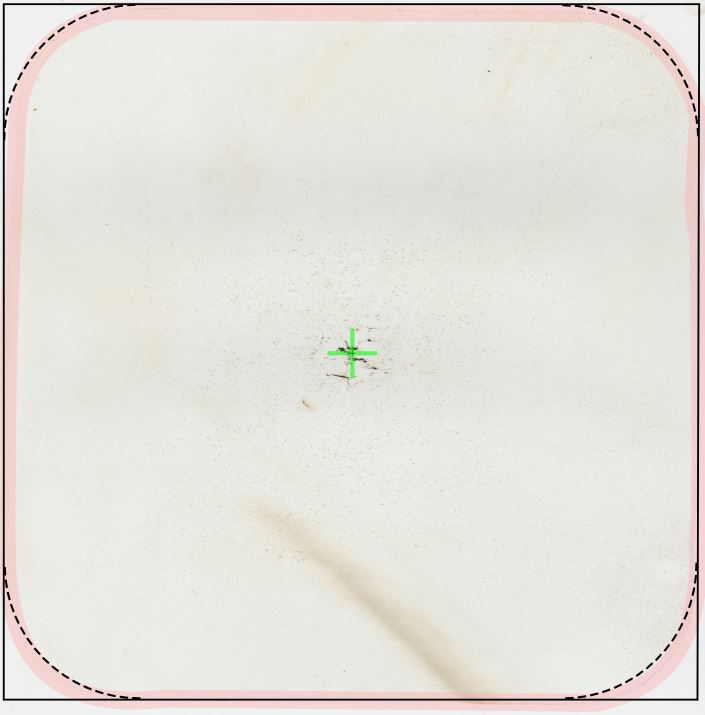

CC simulations
Calculate the temperature field in a casting strand or identify the system transients of a secondary cooling zone using numerical modelling.
not your desired topic?
If you speak Matlab (or Octave), simulate in Simulink, tweak Excel tables or draw and design in CAD (FreeCAD) let us know… also in slovak, of course.
Contact
Company
ŽP VVC s.r.o.
Kolkáreň 35
976 81 Podbrezová
Ing. Karol Ondrejkovič, PhD.
Head of department of modelling and simulation at ŽP Research and Developement Centre, ŽP VVC, s.r.o.
tel. : +421 48 645 41 71
e-mail: ondrejkovic@zelpo.sk
Ing. Pavol Buček, PhD.
Vice director for research and developement at ŽP Research and Developement Centre ŽP VVC, s.r.o.
tel. : +421 48 645 40 33
e-mail: bucek.pavol@zelpo.sk
Ing. Lukáš Bartalský, PhD.
Special assistant at Institute of Automation, Measurement and Applied Informatics at Mechanical Engineering Faculty of STU in Bratislava
e-mail: lukas.bartalsky@stuba.sk
INFO
Oficiálne sídlo našej spoločnosti vrátane poštovej adresy je „Kolkáreň 35“, no v skutočnosti sídlime v budove Personálneho odboru ŽP a.s. na 3. poschodí (budova sa nachádza pred hlavnou vrátnicou „Starého závodu“ ŽP a.s.)
Poštová adresa:
ŽP VVC s.r.o.
Kolkáreň 35,
976 81 Podbrezová
GPS súradnice

KONTAKT
Tel: +421 48 645 40 35
e-mail: novakova@zelpo.sk

